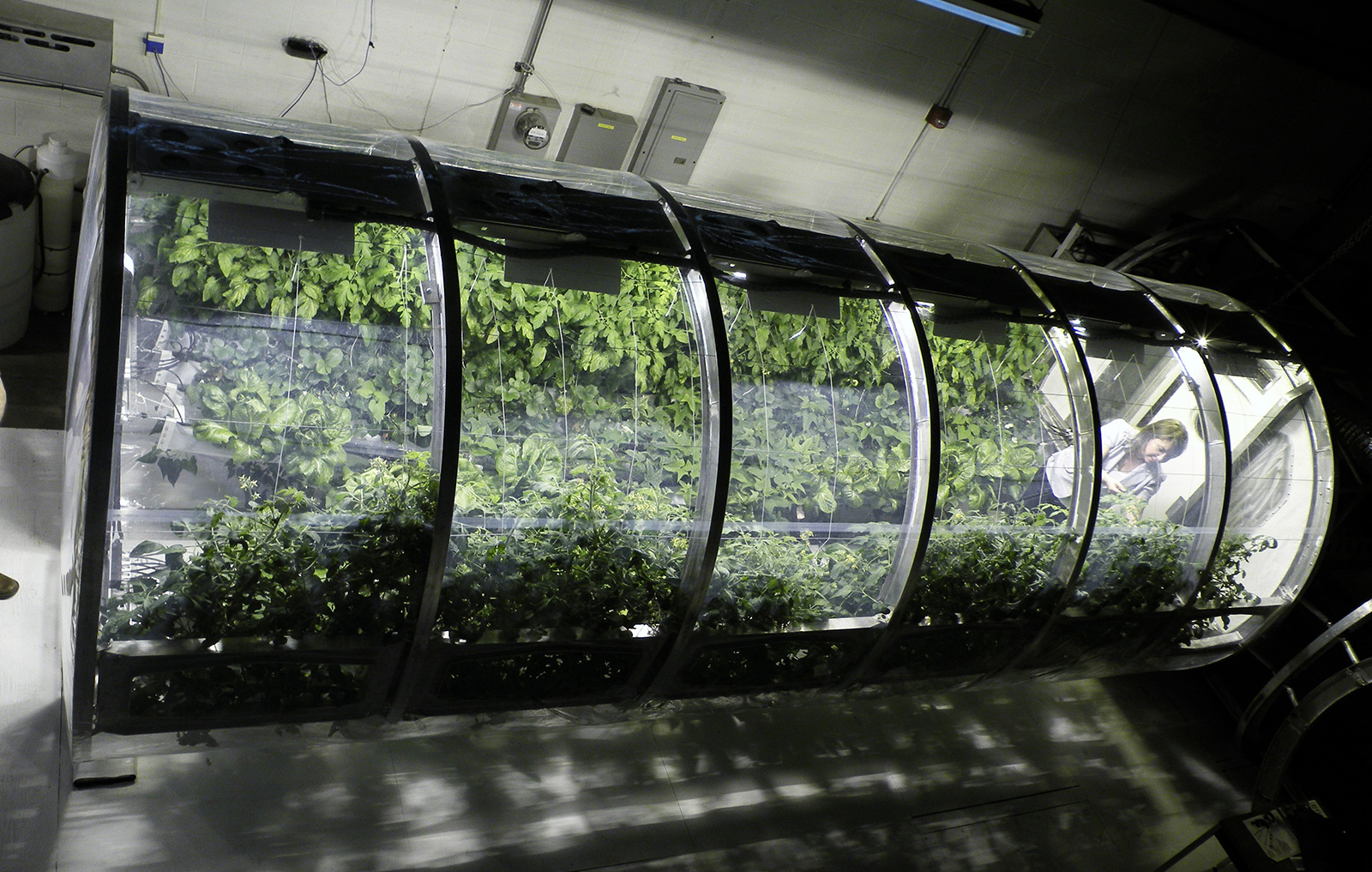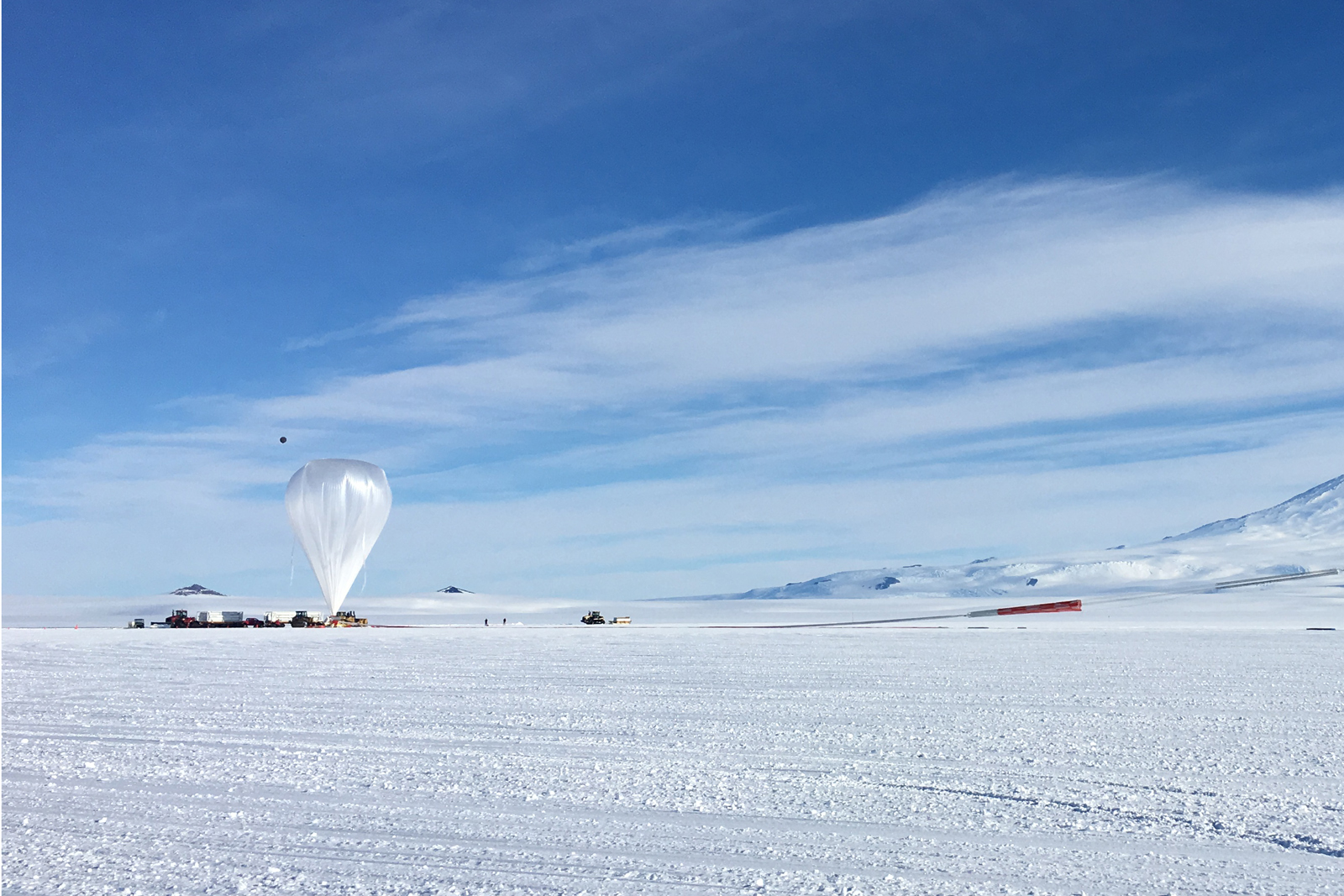
We've seen some pretty wonky bipedal robots before, but scientists at the University of Arizona have gone straight to the source -- us -- to make one with a more human-like saunter. It turns out it's not just our skull-borne computer that controls gait: a simple neural network in the lumber area of our spine, called the central pattern generator (CPG), also fires to provide the necessary rhythm. By creating a basic digital version of that and connecting some feedback sensors in the legs, a more natural human stride (without balance) was created -- and on top of that it didn't require the tricky processing used in other striding bots. Apparently this throws light on why babies can make that cute walking motion even before they toddle in earnest, since the necessary CPG system comes pre-installed from birth. That means the study could lead to new ways of stimulating that region to help those with spinal cord injuries re-learn to walk, and produce better, less complex walking robots to boot. Judging by the video, it's a good start, but there's still a ways to go before they can mimic us exactly -- you can watch it after the break.
Continue reading Robotic legs simulate our neural system, lurch along in the most human-like way so far
Robotic legs simulate our neural system, lurch along in the most human-like way so far originally appeared on Engadget on Fri, 06 Jul 2012 04:16:00 EDT. Please see our terms for use of feeds.
Permalink |
 EurekaAlert!
EurekaAlert! |
Email this |
Comments
 One of the biggest problems we still have to solve when it comes to sending humans to live on the moon or Mars is food. The spacefarers can't exactly take years' or a lifetime's worth of food with them, and not every plant can grow in native Martian...
One of the biggest problems we still have to solve when it comes to sending humans to live on the moon or Mars is food. The spacefarers can't exactly take years' or a lifetime's worth of food with them, and not every plant can grow in native Martian...
 One of the biggest problems we still have to solve when it comes to sending humans to live on the moon or Mars is food. The spacefarers can't exactly take years' or a lifetime's worth of food with them, and not every plant can grow in native Martian...
One of the biggest problems we still have to solve when it comes to sending humans to live on the moon or Mars is food. The spacefarers can't exactly take years' or a lifetime's worth of food with them, and not every plant can grow in native Martian...
 Antarctica is ideal for launching high-altitude science balloons this time of year. You not only get non-stop sunlight (ideal for solar power), but wind patterns that keep those balloons over land. And NASA is determined to take advantage of this....
Antarctica is ideal for launching high-altitude science balloons this time of year. You not only get non-stop sunlight (ideal for solar power), but wind patterns that keep those balloons over land. And NASA is determined to take advantage of this....

